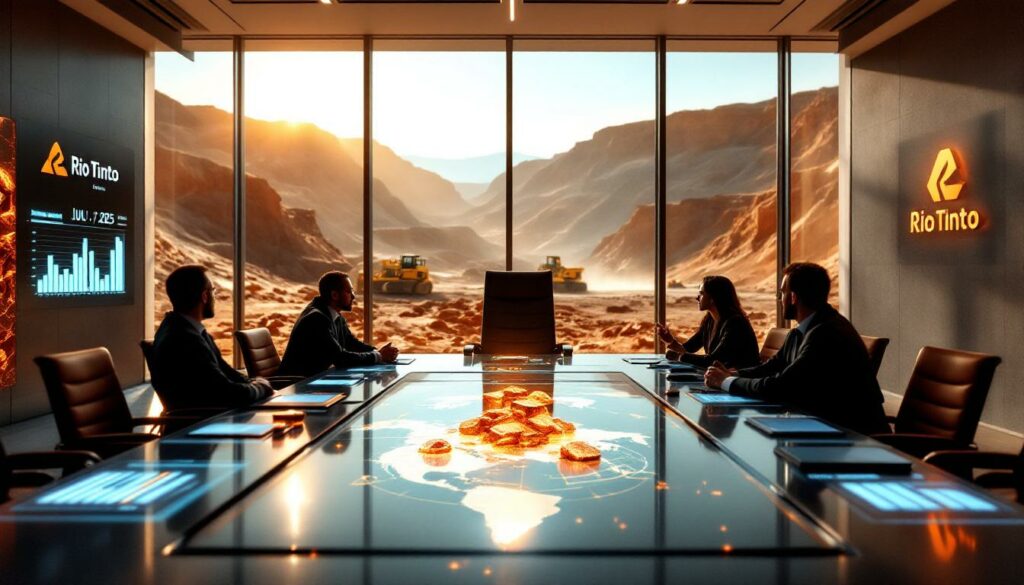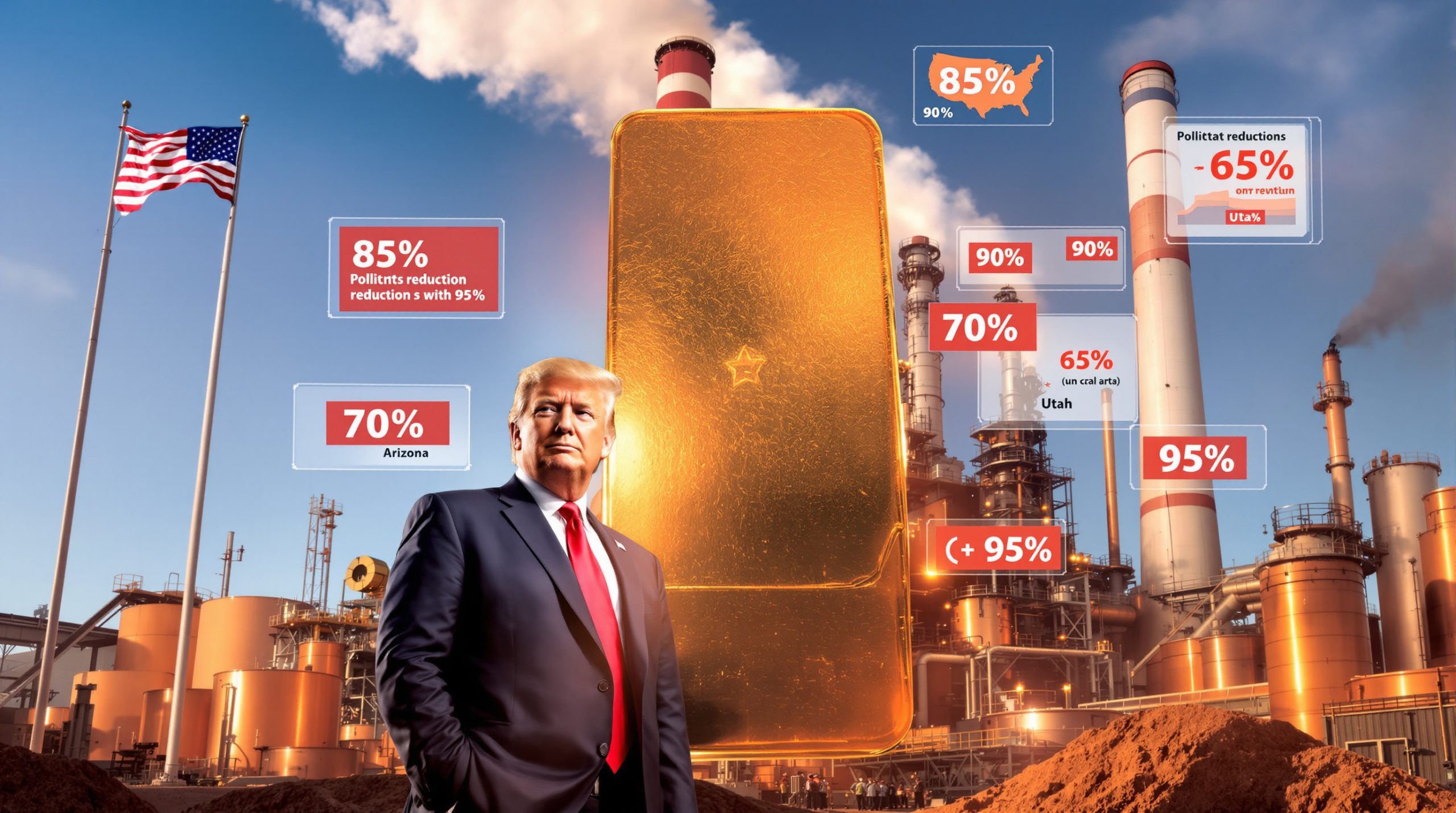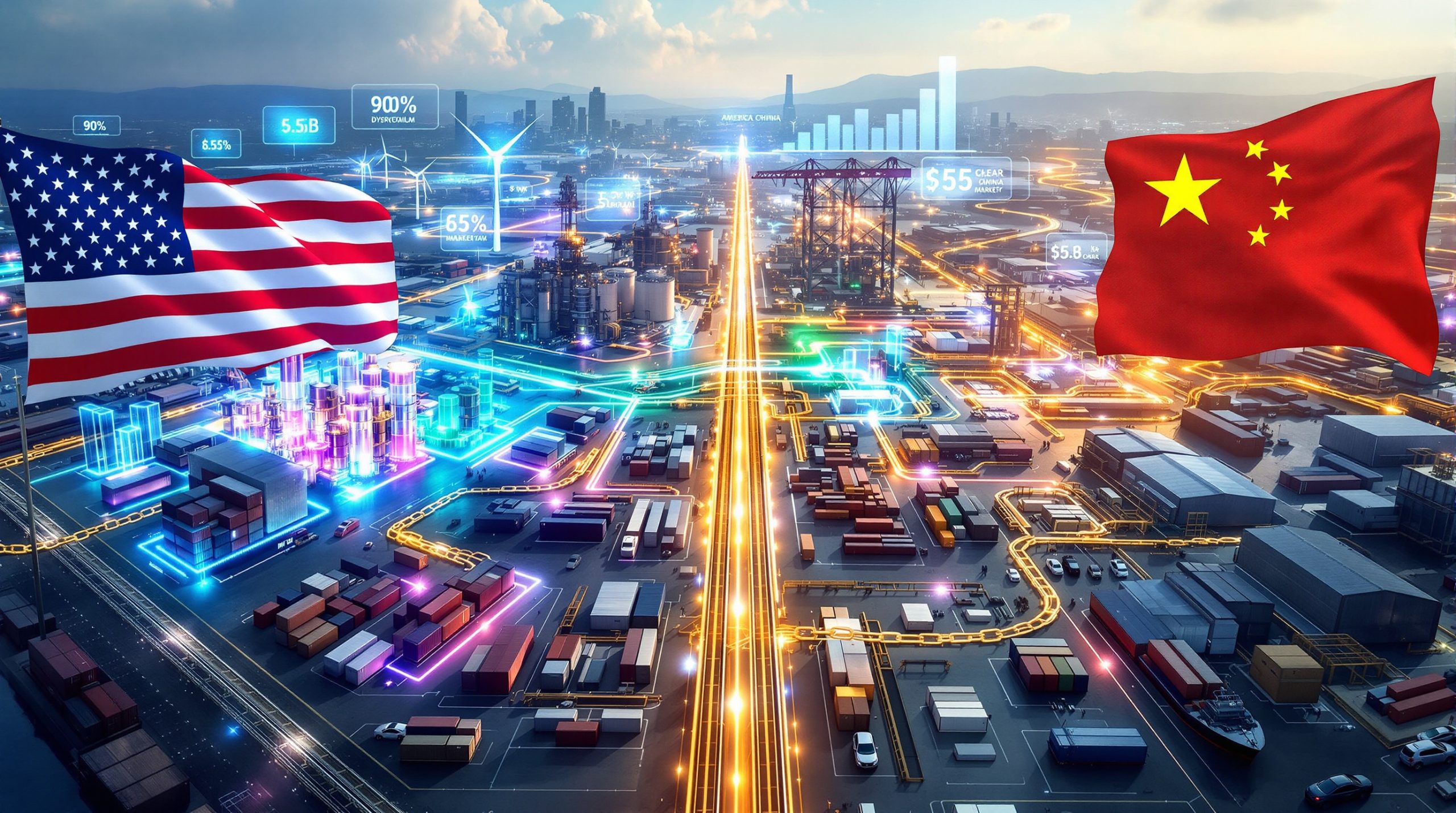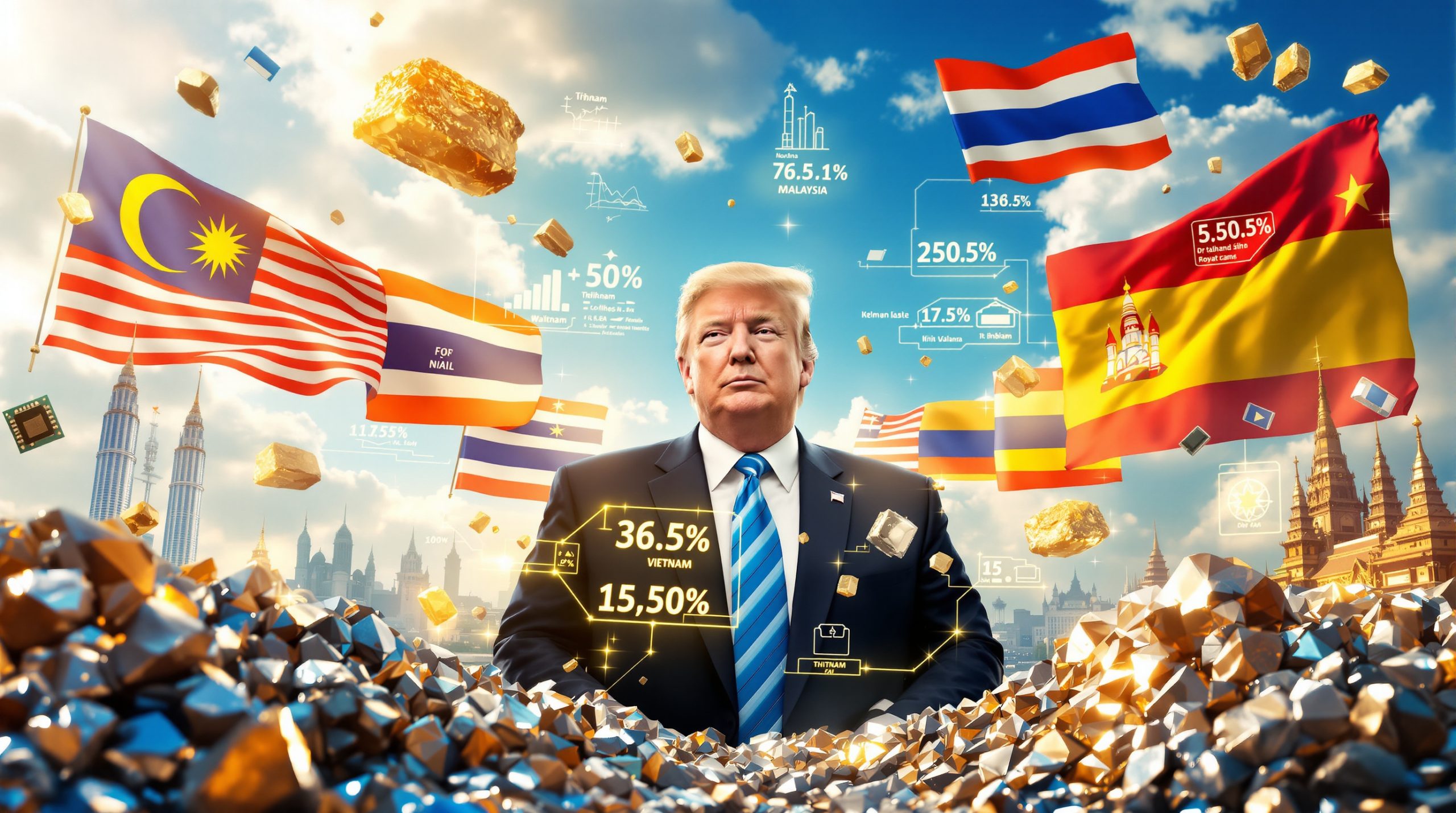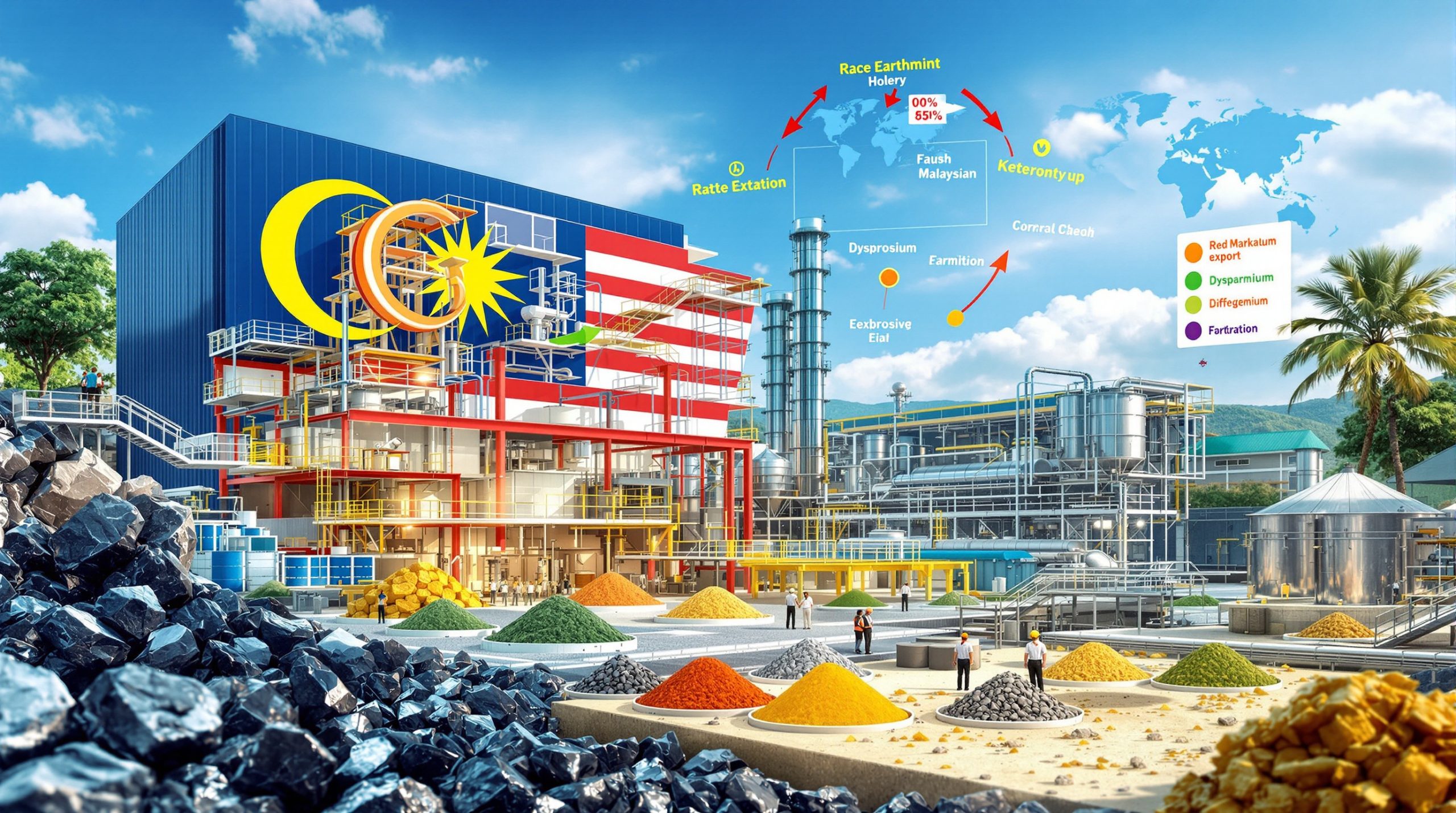Rio Tinto's Leadership Overhaul: Strategic Priorities Driving the CEO Search
Rio Tinto, one of the world's leading mining companies, is entering a pivotal transition period as it searches for a new Chief Executive Officer. This comprehensive exploration examines the factors driving this change, the qualities being prioritized, and the potential implications for the company's future direction in the global mining landscape.
Current Leadership Transition Timeline
Rio Tinto's leadership transition formally began when current CEO Jakob Stausholm announced his planned departure in May 2025. According to information from Rio Tinto's official announcement, the search process is now reaching its final stages, with shortlisted candidates scheduled to make their presentations to the board in London this month.
The company has established a clear timeline, with a final decision expected by late July 2025—strategically timed to come before or alongside Rio Tinto's half-year results announcement on July 30, 2025. This calculated timing suggests the board's desire to provide market certainty ahead of this important financial disclosure.
Both internal and external candidates remain under consideration, reflecting the board's openness to either promoting from within or bringing fresh perspectives from outside the organization. This approach demonstrates Rio Tinto's commitment to finding the most qualified leader regardless of origin.
Strategic Imperatives Behind the Leadership Search
Chair Dominic Barton has taken an active role in the selection process, working closely with the board to identify a leader capable of strengthening Rio Tinto's competitive position in an increasingly challenging global mining environment. The search comes amid significant industry transformation driven by decarbonization pressures, resource nationalism concerns, and changing commodity demands.
The board's decision to change leadership reflects a strategic reassessment of Rio Tinto's position in the evolving mining evolution trends. While Stausholm has navigated the company through recent challenges, the board appears to be seeking a leader with specific qualities aligned with their vision for the company's next chapter.
Industry analysts note that this transition represents more than a routine leadership change—it signals Rio Tinto's desire to reposition itself strategically in the face of mounting competitive pressures and changing market dynamics.
Qualities Rio Tinto Is Prioritizing in Its Next CEO
M&A Appetite as a Key Selection Criterion
According to Proactive Investors reporting (July 8, 2025), Chair Dominic Barton is "prioritising candidates who are open to major merger and acquisition opportunities." This focus on "big ticket M&A" capabilities has emerged as perhaps the most critical selection criterion in the search process.
Barton has reportedly discussed acquisition strategies with key stakeholders, highlighting the board's interest in pursuing transformative deals under new leadership. This strategic priority comes amid ongoing industry M&A consolidation trends, where scale and diversification have become increasingly important competitive advantages.
The focus on M&A readiness gains additional context from Rio Tinto's recent history. The company previously received an approach from mining giant Glencore regarding a potential asset combination, but these discussions "ended quickly without agreement." Industry analysts have speculated that similar deals could return to consideration under new leadership with the right strategic vision and deal-making capabilities.
"The mining industry is experiencing a wave of consolidation as companies seek to secure resources for the energy transition while maintaining cost efficiency. Rio Tinto's next CEO will need to navigate this landscape with strategic precision," notes mining industry analyst Sarah McKenzie.
Financial Discipline Focus
Beyond M&A capabilities, Barton has emphasized candidates with strong "internal cost discipline" as a second critical requirement. This focus reflects the cyclical nature of the mining industry, where operational efficiency becomes particularly crucial during commodity price downturns.
The ideal candidate will likely bring demonstrated expertise in:
- Optimizing capital allocation across diverse mining operations
- Implementing cost-control measures without compromising safety or output
- Maintaining financial flexibility throughout commodity price cycles
- Balancing growth investments with shareholder returns
This dual focus on expansion through M&A while maintaining disciplined cost management reflects the board's desire for balanced leadership—someone capable of pursuing growth opportunities while ensuring operational excellence across the existing asset portfolio.
Potential Strategic Direction Shifts Under New Leadership
Acquisition Targets and Strategic Priorities
Rio Tinto's strategic direction could see significant shifts under new leadership, particularly regarding capital allocation and acquisition priorities. According to RBC Capital Markets analysis cited by Proactive Investors, the company is projected to deploy between $30 billion and $35 billion in capital expenditure over the next decade.
Perhaps most notably, industry sources suggest that Rio Tinto may pivot away from lithium growth projects in favor of expanding its copper portfolio. This potential shift aligns with broader copper market insights about the critical importance of copper in the global energy transition, where demand is expected to double by 2035 according to International Energy Agency projections.
This possible reorientation toward copper reflects strategic considerations including:
- Supply-demand dynamics: Copper faces significant supply constraints against rapidly growing demand
- Asset quality: High-grade copper deposits are becoming increasingly scarce globally
- Decarbonization alignment: Copper's essential role in renewable energy infrastructure and electrification
- Price stability: Copper has historically demonstrated more price stability than lithium
Beyond copper, the incoming CEO will need to address Rio Tinto's heavy dependence on iron ore, which currently generates approximately 75% of the company's profits. While Rio Tinto remains the "world's largest iron ore producer," this concentration creates vulnerability to price fluctuations in a single commodity.
Operational Transformation Opportunities
The new CEO will also face opportunities to accelerate operational transformation across Rio Tinto's global portfolio. The mining industry is undergoing rapid technological evolution, with leaders implementing advanced mining technology innovation to improve safety and efficiency.
Key transformation areas likely to be prioritized include:
- Technological innovation: Expanding autonomous haulage, remote operations centers, and predictive maintenance
- Decarbonization initiatives: Accelerating renewable energy integration and electrification of mining fleets
- Supply chain resilience: Reducing vulnerability to geopolitical disruptions through diversification
- Productivity optimization: Implementing data-driven operational improvements across the asset portfolio
These operational improvements will be essential to maintaining competitiveness while navigating the increasing regulatory and stakeholder pressures facing the mining industry globally.
Challenges Awaiting the Incoming CEO
Market and Competitive Pressures
Rio Tinto's next leader will face significant market challenges, including the mining industry's inherent cyclicality. Commodity price volatility remains a persistent concern, with copper, iron ore, and aluminum all experiencing significant fluctuations over recent years.
Competition within the global mining sector has intensified, with major players like BHP, Vale, and Glencore all pursuing aggressive growth strategies. This competitive landscape requires strategic agility and the ability to identify value-creating opportunities amid market uncertainty.
The incoming CEO must also navigate increasing geopolitical complexities affecting resource-rich regions. Resource nationalism has resurged in key mining jurisdictions like Chile, Peru, and Indonesia, creating additional operational and regulatory challenges for multinational mining companies. The Glencore smelter impact in Chile illustrates the kind of regional challenges mining companies face in today's environment.
| Commodity | Price Volatility (5-Year) | Key Supply Concerns | Demand Outlook |
|---|---|---|---|
| Iron Ore | High | Australia/Brazil concentration | Moderate growth |
| Copper | Moderate | Grade decline, project delays | Strong growth |
| Aluminum | High | Energy costs, carbon footprint | Steady growth |
| Lithium | Very High | Processing capacity, new projects | Uncertain timing |
Regulatory and Stakeholder Expectations
Beyond market challenges, Rio Tinto's new CEO will need to address evolving regulatory and stakeholder expectations. Environmental compliance requirements continue to tighten globally, with particular focus on water management, tailings storage, and greenhouse gas emissions.
Indigenous relations remain a critical priority following the company's past controversies. Building and maintaining positive community relationships across diverse operating regions will require dedicated leadership attention and cultural sensitivity.
Investor expectations have also evolved, with growing emphasis on:
- Clear decarbonization roadmaps and emissions reduction targets
- Transparent ESG reporting and performance metrics
- Responsible capital allocation balancing growth with returns
- Proactive management of social license to operate
These stakeholder dynamics create additional complexity for mining leadership, requiring sophisticated communication strategies and genuine commitment to sustainable practices.
Rio Tinto's Evolution in Historical Context
Past Leadership Transitions and Their Impact
Rio Tinto's upcoming leadership change represents the latest chapter in the company's ongoing evolution. The mining giant has experienced several significant leadership transitions in recent decades, each marking strategic pivots that shaped the organization's development.
While specific historical succession patterns aren't detailed in current reports, industry observers note that Rio Tinto has alternated between promoting internal candidates and bringing in external perspectives—a pattern that appears to continue with the current search process.
Each leadership transition has influenced Rio Tinto's strategic direction, from diversification efforts to geographic expansion decisions. The upcoming appointment will similarly shape the company's trajectory during a particularly dynamic period for the global mining industry.
Current Industry Positioning
Rio Tinto currently maintains its position as the world's largest iron ore producer, with operations spanning 35 countries across six continents. This global footprint provides significant operational scale but also creates complex management challenges.
Beyond iron ore, Rio Tinto has established positions in copper, aluminum, and other critical minerals. However, its portfolio diversification lags behind some competitors who have more aggressively expanded into energy transition minerals.
The company's technological capabilities, particularly in autonomous mining operations in Western Australia, provide competitive advantages that the new CEO can potentially expand across other operations. This technology leadership position represents a valuable platform for future innovation initiatives.
Analyst Perspectives on Rio Tinto's Future
Investment Priorities and Financial Projections
Financial analysts have begun formulating expectations for Rio Tinto under new leadership. RBC Capital Markets projects capital expenditure of between $30 billion and $35 billion over the next decade, reflecting the significant investment required to maintain and grow the company's global operations.
Analysts note that acquisition strategy decisions may depend partly on Rio Tinto's share price performance, with stronger valuation potentially enabling more ambitious M&A pursuits. This dynamic creates an interesting feedback loop between operational performance, market valuation, and strategic options.
The projected shift from lithium to copper investments reflects both commodity-specific considerations and broader portfolio rebalancing efforts. Copper's fundamental role in electrification and renewable energy infrastructure provides long-term demand stability that aligns with Rio Tinto's multigenerational investment horizon.
Investor Sentiment Analysis
Institutional investors are closely monitoring Rio Tinto's CEO selection process, recognizing its significance for future strategic direction. Market reactions will likely be influenced by the selected candidate's background, particularly regarding:
- M&A experience: Previous success executing large, complex transactions
- Operational credibility: Track record improving mining productivity and safety
- Capital allocation history: Demonstrated discipline in previous leadership roles
- Stakeholder management skills: Experience navigating complex regulatory environments
The announcement timing, coming just before half-year results, will provide investors with a comprehensive update on both leadership direction and current operational performance. This coordinated communication approach should help reduce market uncertainty and clarify Rio Tinto's strategic priorities under new leadership.
FAQ: Rio Tinto's CEO Transition
When will Rio Tinto announce its new CEO?
Based on information from Proactive Investors (July 8, 2025), a decision is expected by late July 2025, likely timed to coincide with or precede the company's half-year results announcement on July 30, 2025. Final candidate presentations are scheduled in London this month, suggesting the selection process is in its final stages.
Why is M&A capability important for the new CEO?
Chair Dominic Barton has explicitly prioritized candidates with openness to "big ticket M&A" opportunities. This focus reflects the board's strategic assessment that industry consolidation presents growth opportunities that Rio Tinto should be positioned to pursue. M&A capabilities have become increasingly important as high-quality mining assets become scarcer and development timelines extend.
What happened with the previous Glencore approach?
According to Proactive Investors reporting, previous discussions between Rio Tinto and Glencore regarding a potential asset combination "ended quickly without agreement." While specific details remain limited, industry analysts suggest that similar collaborative opportunities could be reconsidered under new leadership with the right strategic vision.
How might Rio Tinto's investment priorities change?
RBC Capital Markets analysis suggests Rio Tinto may allocate between $30-35 billion in capital expenditure over the next decade. One notable potential shift is a move away from lithium growth projects in favor of expanding copper assets. This reorientation would align with copper's critical role in electrification and energy transition technologies.
What is Rio Tinto's current market position?
Rio Tinto remains the world's largest iron ore producer, with significant operations across multiple commodities and geographies. While iron ore continues to drive profitability, the company has been working to diversify its portfolio to reduce concentration risk and capitalize on emerging opportunities in energy transition minerals.
Looking Ahead: Rio Tinto's Strategic Crossroads
Rio Tinto's CEO selection represents a critical inflection point for the global mining giant. The successful candidate will need to balance aggressive growth ambitions with operational discipline while navigating increasingly complex stakeholder expectations.
The board's emphasis on M&A capabilities signals potential corporate activity ahead, possibly including transformative transactions that could reshape Rio Tinto's portfolio and competitive positioning. This strategic direction would mark a significant shift from the company's recent focus on organic growth and operational optimization.
As the selection process concludes in the coming weeks, market observers will gain valuable insights into Rio Tinto's vision for its next chapter. The choice between internal and external candidates, along with their particular expertise profiles, will provide important signals about specific strategic priorities and growth pathways.
For investors, customers, and industry partners, Rio Tinto's leadership transition offers both opportunities and uncertainties. The mining sector's increasing importance in the global energy transition ensures that this leadership decision will have implications extending far beyond the company itself—potentially influencing commodity markets, industry consolidation patterns, and mining innovation trajectories for years to come.
Want to Know When the Next Major Mining Discovery Happens?
Discovery Alert's proprietary Discovery IQ model provides real-time notifications when significant mineral discoveries are announced on the ASX, giving investors a crucial market edge before news spreads. Explore how historic discoveries have generated exceptional returns by visiting the dedicated discoveries page and position yourself to capitalise on the next major find.
